Differential changes in life cycle-event phenology provide a window into regional population declines
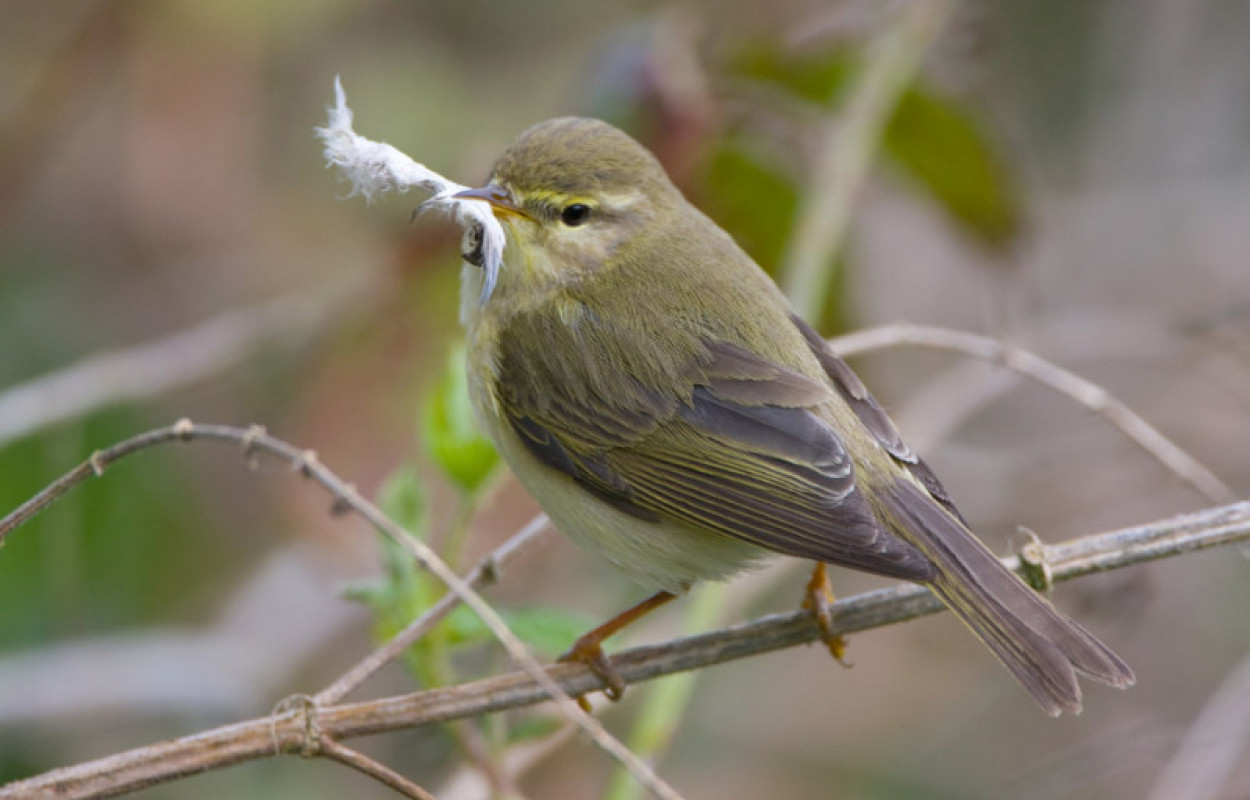
Author(s): Hanmer, H.J., Boersch-Supan, P.H. & Robinson, R.A.
Published: August 2022
Journal: Biology Letters
Article No.: 20220186
Digital Identifier No. (DOI): 10.1098/rsbl.2022.0186
New research from BTO investigates the effects of climate change on Willow Warblers. The findings, based on volunteers’ ringing and nest recording data, help to explain why birds breeding in different parts of Britain are being affected in different ways.
Abstract
Climate change affects the phenology of annual life cycle events of organisms, such as reproduction and migration. Shifts in the timing of these events could have important population implications directly, or provide information about the mechanisms driving population trajectories, especially if they differ between life cycle event. We examine if such shifts occur in a declining migratory passerine bird (Willow Warbler, Phylloscopus trochilus), which exhibits latitudinally diverging population trajectories. We find evidence of phenological shifts in breeding initiation, breeding progression and moult that differ across geographic and spring temperature gradients. Moult initiation following warmer springs advances faster in the south than in the north, resulting in proportionally shorter breeding seasons, reflecting higher nest failure rates in the south and in warmer years. Tracking shifts in multiple life cycle events allowed us to identify points of failure in the breeding cycle in regions where the species has negative population trends, thereby demonstrating the utility of phenology analyses for illuminating mechanistic pathways underlying observed population trajectories.
Previous BTO research has shown how climate change can affect phenology - the timing of events in a species’ annual life cycle, such as migration and reproduction. BTO research has also found that Willow Warblers breeding in different parts of the UK are responding differently to climate warming; the population is increasing in Scotland, where breeding season temperature is approaching the optimum for this species, but falling in England, where the optimum temperature threshold has been exceeded. This latest study sheds light on the mechanisms behind these differences, using information on egg laying and feather moult collected between 2000 and 2018 and analysing this alongside data on spring temperatures for the same period.
Willow Warblers are small, migratory songbirds, which breed throughout the UK but spend our winter months in Africa, south of the Sahara Desert. Willow Warblers normally lay a single clutch of eggs in May or June, incubating these for approximately two weeks. During this period, the female loses her breast feathers to better warm her eggs with her body heat, forming what is known as a brood patch. Chicks fledge approximately two weeks after hatching, with both parents provisioning their young during this time. After fledging, the female’s brood patch feathers over again, and both parents moult their flight feathers, losing the worn, old feathers and replacing them with new ones which are crucial for their autumn migration.
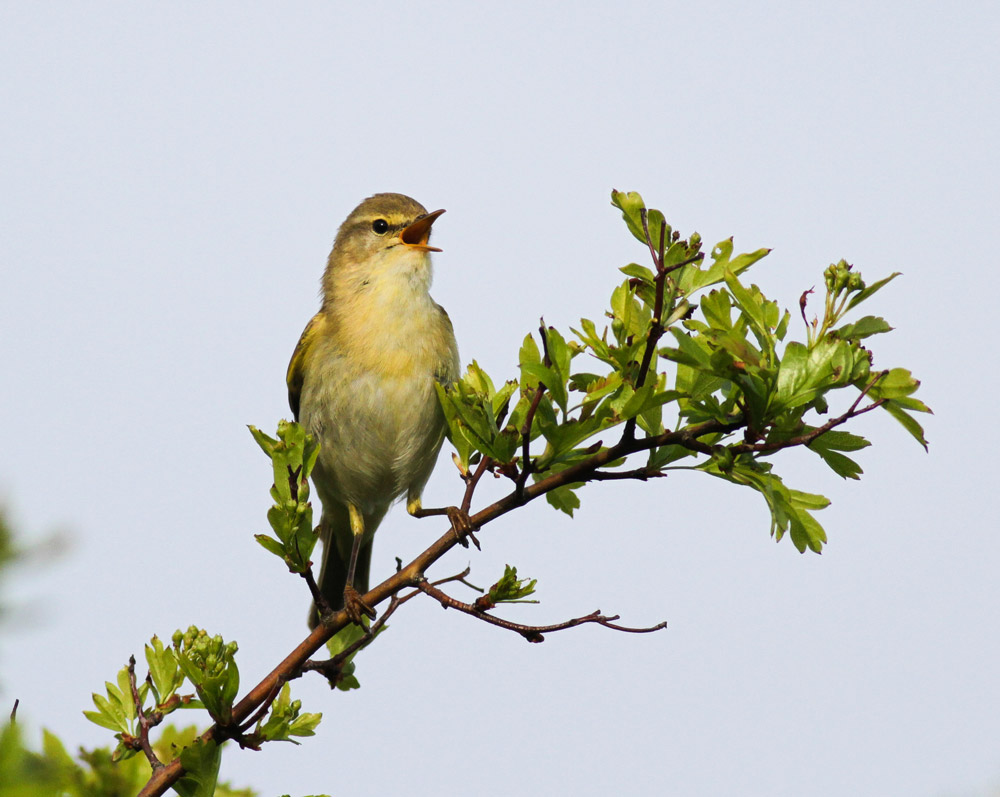
Nest Record Scheme data show that the relationship between the date on which Willow Warblers lay their eggs and local spring temperatures is similar across the UK: eggs are laid earlier in warmer springs. However, data from the British and Irish Ringing Scheme show that, later in the breeding season, climate warming has different effects in different parts of the UK. Females in the south show higher levels of brood patch re-feathering earlier in the spring compared to their northern counterparts, probably reflecting breeding failure and/or smaller brood sizes at southerly latitudes. Subsequently, birds in the south moult their flight feathers earlier and faster than birds in the north.
This work reveals that climate change can affect different events in a species’ annual cycle at different rates, relative to each other; in this case, the timing of Willow Warbler moult is shifting faster in England than in Scotland, but that of egg laying is not. This discovery helps identify the point of failure in the Willow Warbler breeding cycle: the earlier moult in England is likely a consequence of poor breeding success, and hence associated with the species’ decline there. Climate-driven differential shifts in phenology may have important and overlooked consequences not only in Willow Warblers but also in other species; understanding which parts of a species’ annual cycle are particularly vulnerable can inform targeted conservation action.
Notes
Funding
This study was funded by The British and Irish Ringing Scheme.
Acknowledgements
This work used the JASMIN data analysis environment (http://jasmin.ac.uk). The ringing and nest record schemes are supported by the JNCC and we thank the many hundreds of volunteers for collecting these data. This analysis was funded by generous support from the ringers.
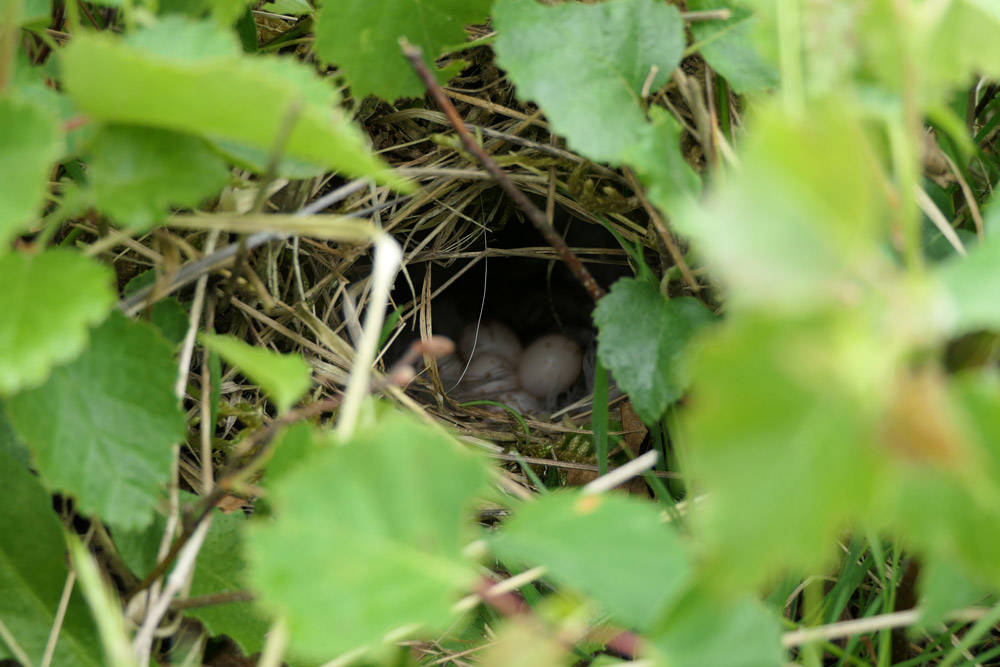


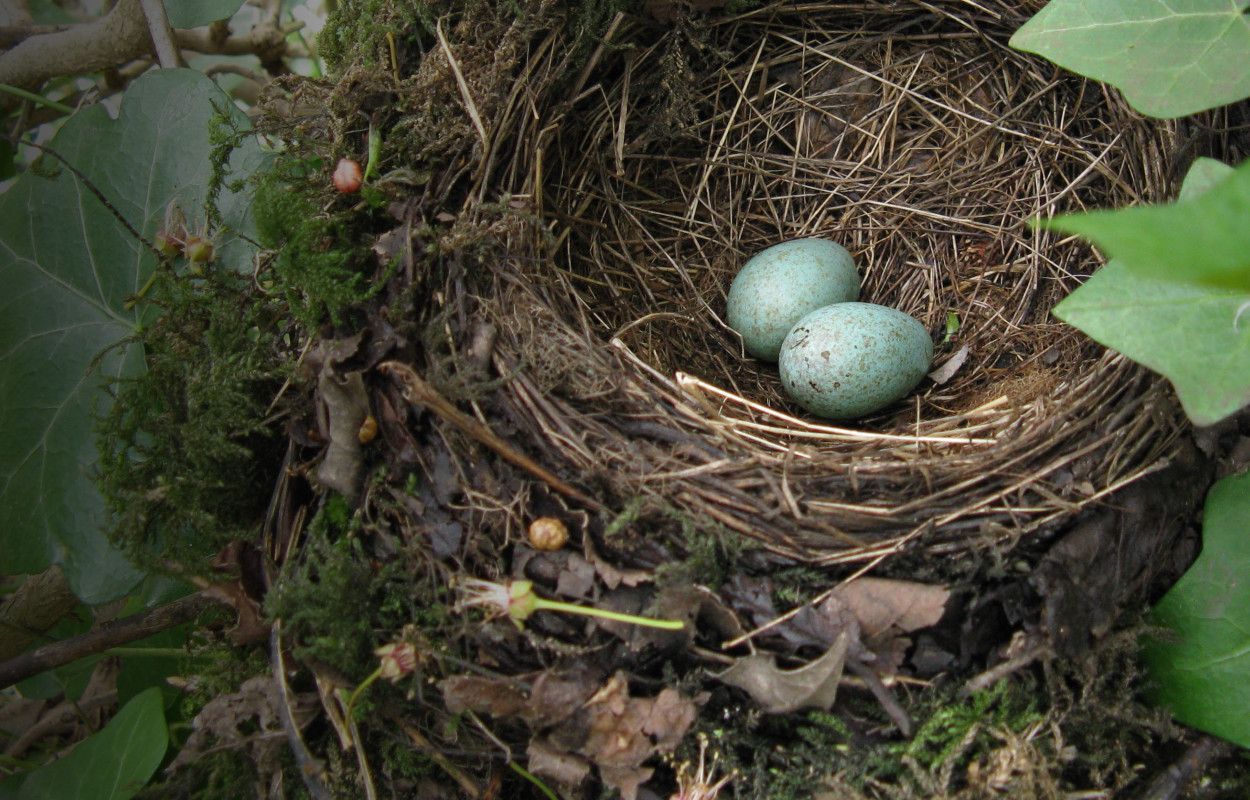



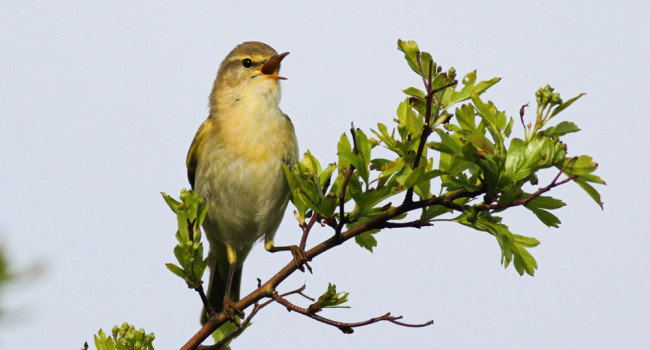
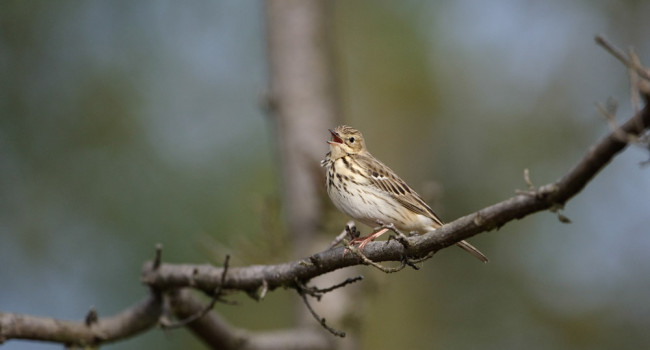
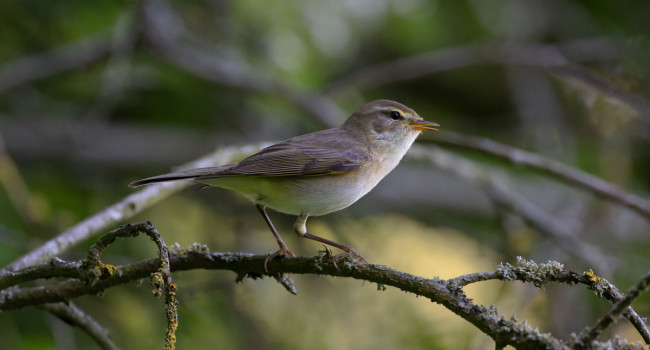

Share this page